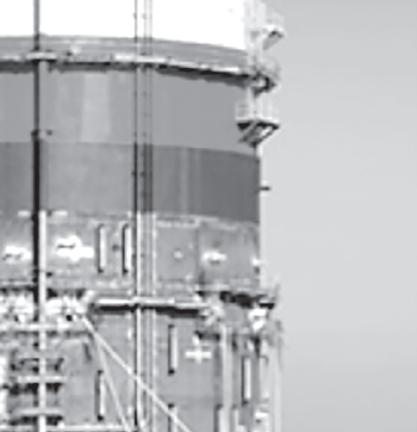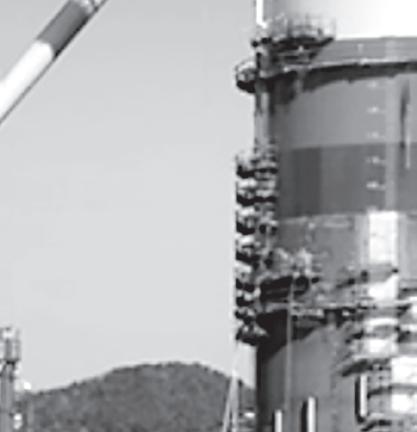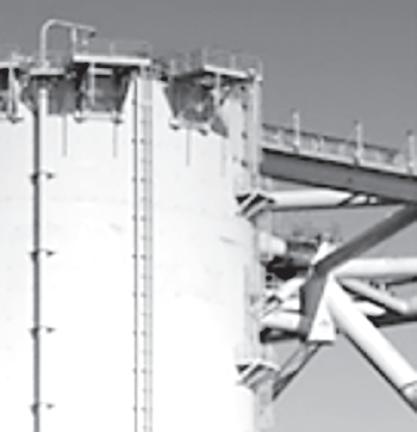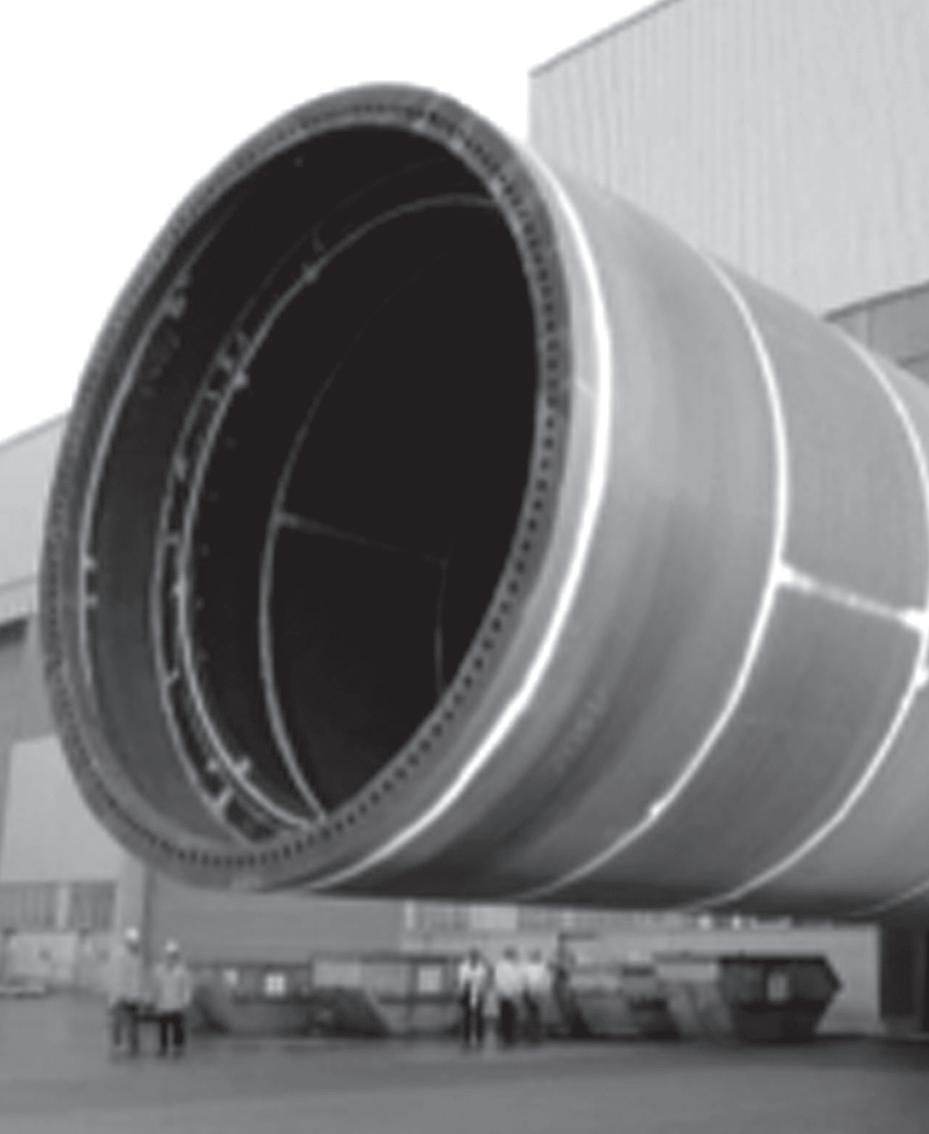
1 minute read
The objective
from Weldability Investigations of 120 mm TM+ACC Thick Heavy Plate Steel, designed for Offshore App.
The objective of this work is the investigation of the microstructure and mechanical properties of 120-mm thick welded joints of low-carbon micro-alloyed steel of E36/S420ML quality grade produced at NLMK DanSteel 4200 rolling mill by thermomechanical treatment with final accelerated cooling. The chemical composition and the technology for the production of heavy steel plates, as well as technological regimes and welding procedures, were developed at NLMK DanSteel.
Materials and Methods
Advertisement
Steel from a converter steelmaking process is poured into continuously cast slabs with a thickness of 355 mm, which was used as material for the study. Steel chemical composition, %: ≤ 0.05 C; ≤ 1.50 Mn; ≤ 0.20 Si; ≤ 0.003 S; ≤ 0.007 P; ≤ 0.007 N, ≤ 0.30 Ni. The steel was microalloyed with Nb+Ti, with a carbon equivalents of Сeq ≤0.33%, Pcm ≤0.14%, CET≤0.21%.
The slabs were rolled at NLMK DanSteel 4200 reversing rolling mill [ 7 ] to a final thickness of 120 mm with thermomechanical treatment in three stages, interstage cooling and final accelerated cooling in two stages (ТМ3+ACC2) [8].
The level of the main mechanical properties corresponds to the quality level of E36 / S420ML grades (Table 1) and amounts to yield strength
ReH: 395-405 MPa, ultimate tensile strength Rm: 500-510 MPa, tensile elongation A200: 24-26%. Impact energy KVL-40 in ¼ thickness: 210-260 J. The percentage reduction of area ψz when tested in the direction of the thickness (Z-test), according to EN 10164, amounts to 72-80%. The result of the ultrasonic test, according to EN 10160, is complying the norm of S3E4. Multipass arc welding (SAW process 121-2) was performed in two variants: with a heating input (HI) of 15 ± 2 kJ/cm and 50 ± 2 kJ/cm as required by DNV-OS-B101 in semi-automatic mode. Welding was carried out by preheating the plates in accordance with the requirements of the standard.
Edge preparation – ½ V at an angle of 45 ± 5 (Fig. 2). With a heating input of 50 ± 2 kJ/cm, the seams of the 120-mm welded joint was filled in 118 passes. With a heating input of 15 ± 2 kJ/cm, the seams were filled in 340 passes.
The maximum temperature between passes did not exceed 200 °C. Series 13 welding wires with a thickness of 4 mm and Series 10 flux manufactured by ESAB were used. At least 72 hours after the end of the welding work, welded plates were sampled for macro-, microstructural investigations and mechanical tests.
Elements of foundation structure (a) of an offshore wind turbine [5] and (b) gas platform [6] with the use of thick-walled welded joints












